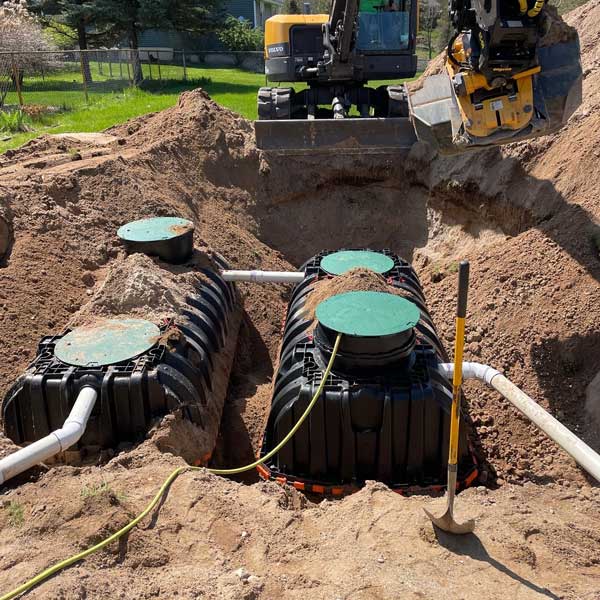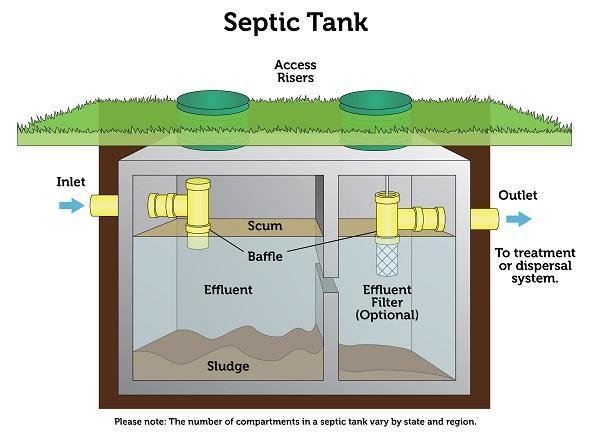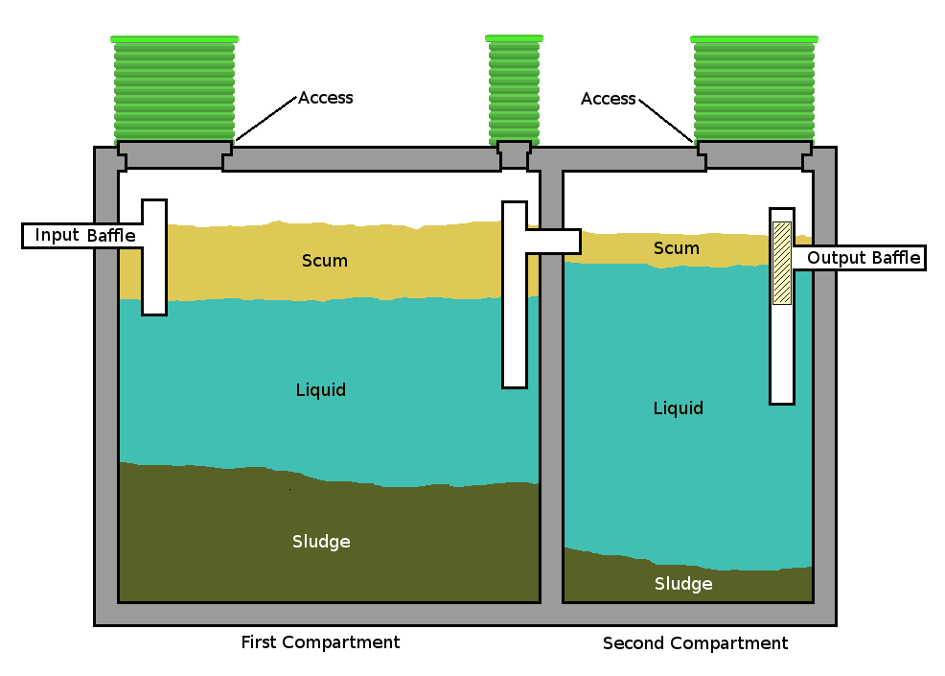Septic System Solutions Unraveled: From Installment to Maintenance-- Your Complete Overview
Are you battling to comprehend the ins and outs of septic container solutions? And also, we'll even share some convenient Do it yourself tips to keep your septic tank running smoothly. Get ready to become a septic container specialist!
Septic System Setup Process
When installing a septic storage tank, you will need to very carefully dig deep into an opening in the ground. Utilize an excavator or a backhoe to dig a hole that is wide and deep enough to fit the size of your septic storage tank.

After the base is prepared, thoroughly lower the septic tank into the hole using a crane or other lifting tools. Make sure to place the container correctly according to the style strategies and local policies. As soon as the storage tank is in place, backfill the hole with dirt, making certain to small it in layers to stop settling.
Lastly, connect the inlet and outlet pipelines to the septic storage tank, making certain proper alignment and tight seals. When linking the pipelines., it is necessary to comply with regional plumbing codes and guidelines.
Crucial Devices for Septic Container Upkeep
One of the most important items of devices is a septic storage tank pump. A septic tank therapy item can be utilized to maintain the health of the microorganisms in the storage tank. By having these essential devices, you can ensure the correct maintenance of your septic tank and prolong its life expectancy.
Regular Septic Container Pumping Schedule
To keep the health and effectiveness of your septic system, it is necessary to establish a regular pumping timetable. Regular pumping aids avoid the accumulation of strong waste and makes sure the appropriate functioning of your septic system. The regularity at which you need to pump your septic tank depends on numerous elements, including the size of your tank, the variety of individuals in your home, and your water use.
As a basic standard, it is suggested to have your septic system pumped every 3 to five years. It is essential to monitor your container's problem regularly and change the pumping routine as necessary. If you discover any signs of a complete tank, such as sluggish drains, odors, or sewage back-ups, it is essential to have your storage tank pumped immediately.
Along with routine pumping, appropriate upkeep and treatment are necessary to extend the lifespan of your septic system. Stay clear of flushing non-biodegradable items, such as baby diapers, paper towels, or oil, down the tubes. These can block your system and bring about costly fixings.
Indicators of Septic Container Troubles to Keep An Eye Out For

DIY Tips for Septic Tank Upkeep
Take positive steps to maintain your septic container by frequently pumping it. As a general rule, it is suggested to pump your septic container every 3 directory to five years. Another important DIY pointer for septic storage tank upkeep is to be conscious of what goes down your drains pipes.

Final Thought
In verdict, maintaining your septic storage tank is essential to prevent issues and guarantee its proper functioning. Regular pumping, enjoying out for indications of problems, and adhering to do it yourself tips can help you maintain your septic tank in great condition. By comprehending the installation process and having the necessary tools, you can ensure that your septic system serves you well for many years to find. Keep in mind, appropriate upkeep is essential to avoid costly repair services and keep your septic system running efficiently.
A septic container therapy product can be used to preserve the health of the microorganisms in the storage tank.To maintain the health and wellness and performance of your septic storage tank, it is vital to establish a normal pumping schedule. The regularity at which you must pump your septic tank depends on different aspects, consisting of the size of your tank, the number of individuals in your home, and your water usage.
If you see any type of signs of a full storage tank, such as slow-moving drains, smells, or sewage backups, it is vital to have your storage tank pumped right away. - septic service
Regular pumping, viewing out for signs of concerns, and following Do it yourself pointers can aid you keep your septic container in good problem.